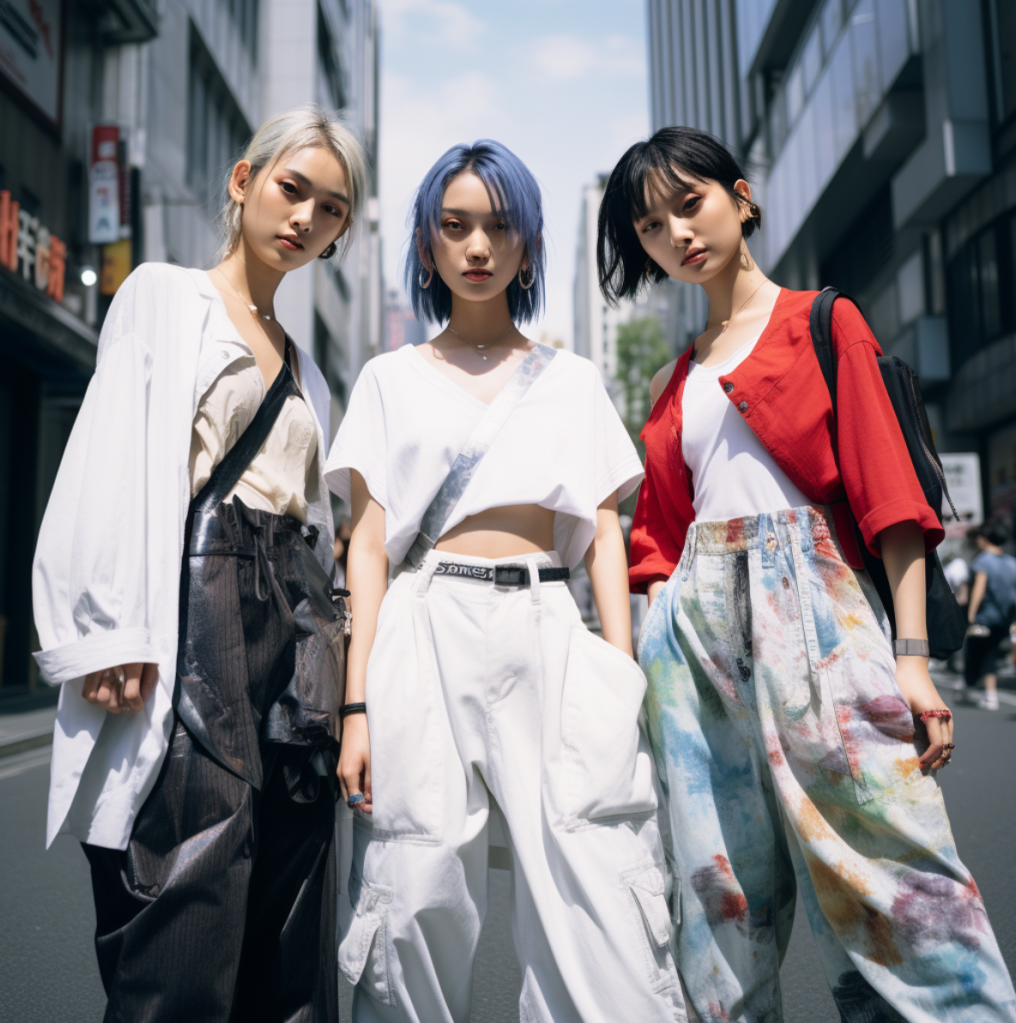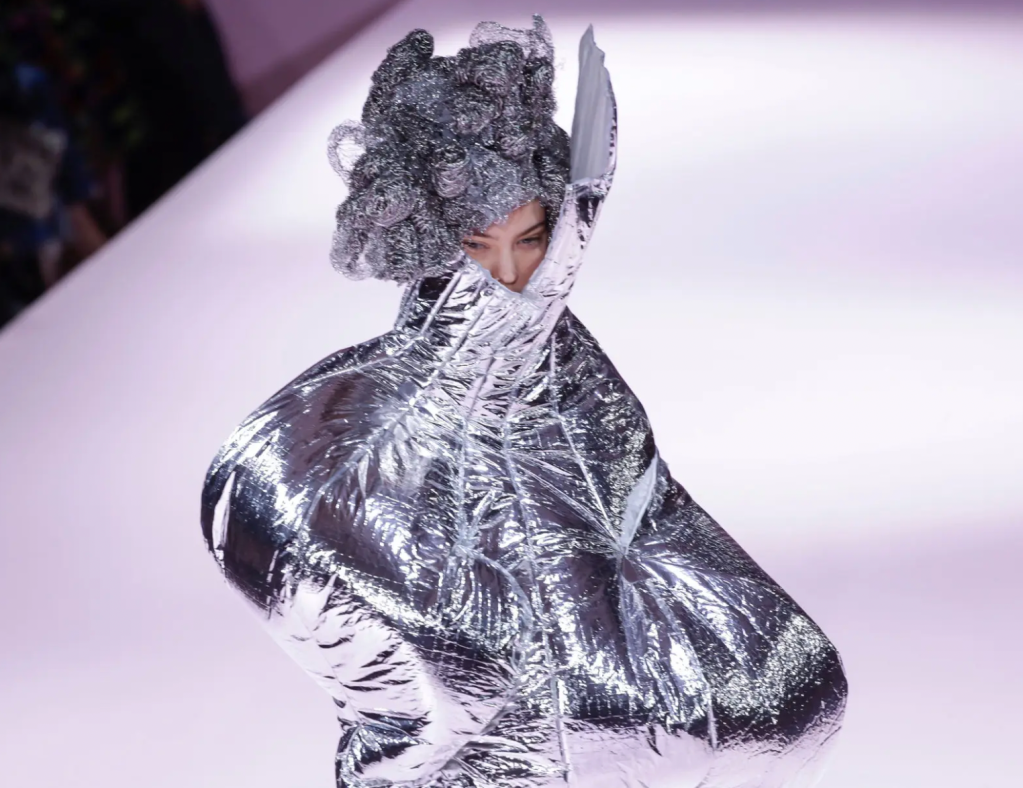
Japanese fashion has evolved into a global powerhouse, captivating the industry with its innovative designs, meticulous craftsmanship, and unique aesthetic sensibilities. From the post-war era to the present day, Japan has been at the forefront of fashion, continuously pushing boundaries and redefining the industry’s landscape. In this article, we will explore the rich history of contemporary Japanese fashion, its leading designers and brands, significant achievements, and the remarkable contributions it has made to the fashion world.
The end of World War II marked a significant turning point for Japan, both politically and economically. The country experienced a wave of Western influence and cultural exchange, which greatly impacted its fashion industry. Western clothing styles, such as the iconic “Ivy League” look, gained popularity among the youth, while traditional Japanese garments were gradually overshadowed. However, this era also saw the emergence of key designers who would go on to shape Japanese fashion for decades to come.
One such influential figure was Hanae Mori, who founded her eponymous label in 1951. Mori’s designs showcased a blend of Western and Japanese elements, incorporating vibrant colors, intricate patterns, and flowing silhouettes. Her international success, including being the first Asian designer to present a collection in Paris, laid the foundation for future Japanese designers to gain recognition on the global stage.
The 1980s and 1990s marked a period of groundbreaking creativity and experimentation in Japanese fashion. Designers like Rei Kawakubo and Yohji Yamamoto challenged traditional norms and established a new wave of avant-garde aesthetics that would leave an indelible mark on the industry.
Rei Kawakubo, the visionary behind Comme des Garçons, introduced a radical departure from conventional fashion with her deconstructed designs and unconventional silhouettes. Her collections, often described as “anti-fashion,” questioned the notions of beauty and disrupted the industry’s established norms. Kawakubo’s avant-garde approach resonated globally and solidified her position as one of the most influential Japanese designers of all time.
Yohji Yamamoto, known for his minimalist style, monochromatic color palette, and asymmetrical designs, brought a new dimension to fashion. His garments emphasized freedom of movement and the natural contours of the body, challenging the structured and form-fitting silhouettes prevalent at the time. Yamamoto’s work embodied the fusion of Western and Japanese design philosophies, and his contributions would shape the future of fashion for years to come.
One of the remarkable aspects of contemporary Japanese fashion is its constant pursuit of innovation in textiles and garment construction. Designers like Issey Miyake and Junya Watanabe have been at the forefront of these advancements, revolutionizing the way we perceive and interact with clothing.
Issey Miyake, an iconic figure in the fashion world, is celebrated for his innovative approach to fabric and garment design. Miyake’s exploration of pleats resulted in the creation of the groundbreaking “Pleats Please” technique. This revolutionary method involved pleating fabric before sewing, allowing the garments to be flexible, wrinkle-free, and easy to maintain. Miyake’s designs seamlessly blend functionality, artistry, and technological advancements, making him a pioneer in contemporary Japanese fashion.
Junya Watanabe, a protégé of Rei Kawakubo, is renowned for his technical craftsmanship and experimentation with unconventional materials. Watanabe’s designs often incorporate intricate patterns, unexpected combinations, and innovative use of fabrics. His collaborations with technical brands like The North Face and his incorporation of cutting-edge technologies have pushed the boundaries of fashion, earning him acclaim as an avant-garde designer and a master of deconstruction.

Japanese fashion has also played a significant role in shaping the streetwear movement and urban aesthetics worldwide. Brands such as A Bathing Ape (Bape) and Undercover have garnered a cult following, fusing elements of street culture with high fashion and creating a distinct visual language.
A Bathing Ape, founded by Nigo, revolutionized streetwear aesthetics with its bold graphics, distinctive branding, and iconic camouflage prints. The brand’s limited-edition releases and collaborations with global partners created a sense of exclusivity and fueled its popularity among fashion enthusiasts and celebrities alike.
Undercover, founded by Jun Takahashi, brought a punk-inspired aesthetic and rebellious spirit to Japanese streetwear. Takahashi’s designs often feature dark themes, edgy graphics, and a distinct fusion of street and high fashion. Collaborations with brands like Nike and Uniqlo have expanded Undercover’s reach and influence, further cementing its status as a trendsetter in the industry.

In the contemporary fashion landscape, several Japanese designers and brands continue to make waves with their innovative designs and global influence.
Sacai, led by Chitose Abe, has garnered international acclaim for its hybrid designs that blend contrasting fabrics, textures, and silhouettes. Abe’s unique approach challenges conventional fashion norms, blurring the lines between different design elements and creating visually striking and unconventional collections.
Takahiro Miyashita, the founder of The Soloist, is known for his meticulous attention to detail and his ability to create garments that embody a harmonious blend of tailored sophistication and edgy streetwear. Miyashita’s designs often reflect his deep appreciation for music and subcultures, resulting in collections that resonate with a diverse audience.
Japanese fashion has proven its enduring influence and innovation on the global stage. From avant-garde creations that challenge traditional norms to streetwear aesthetics that redefine urban style, Japan continues to captivate the fashion world with its unique vision and unwavering commitment to craftsmanship.
The journey of contemporary Japanese fashion, from its post-war origins to the present day, has been a testament to the country’s ability to adapt, innovate, and transcend boundaries. Through the contributions of visionary designers and iconic brands, Japan has left an indelible mark on the fashion industry, inspiring countless designers worldwide.
As we look to the future, one can only anticipate the continued evolution and impact of Japanese fashion. With its rich history, dedication to craftsmanship, and unwavering spirit of innovation, Japan will undoubtedly shape and redefine the fashion landscape for years to come.